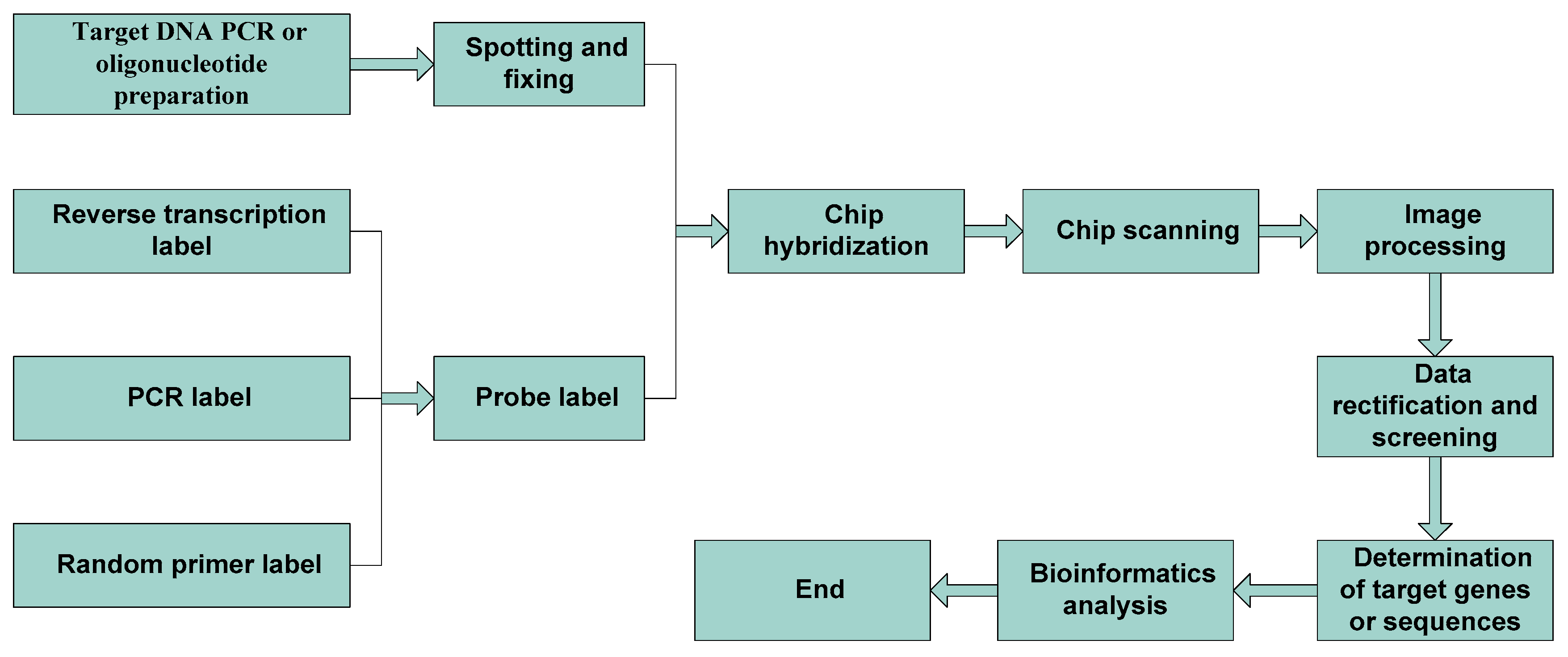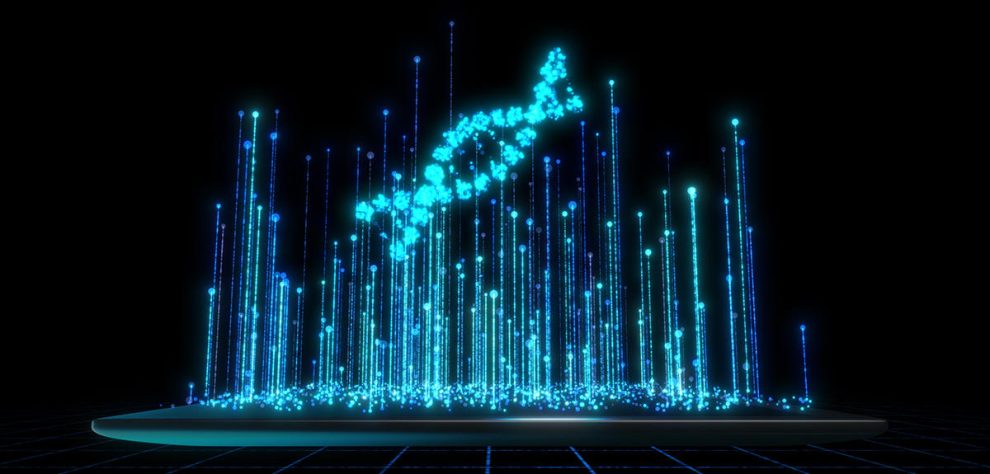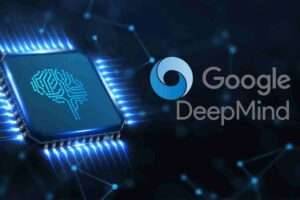As Artificial Intelligence (AI) continues its exponential growth, the demand for efficient and sustainable data storage solutions becomes paramount. Traditional silicon-based technologies are reaching their physical limitations, struggling to keep pace with the ever-growing data demands of AI advancements. This is where DNA data storage and biocomputing emerge as revolutionary alternatives, offering a glimpse into a future where AI thrives in harmony with the environment.
The Data Deluge and the Storage Crunch
The amount of data generated globally is projected to reach a staggering 180 zettabytes by 2025, with AI data accounting for a significant portion. This data deluge poses a significant challenge for conventional storage solutions, which are energy-intensive, prone to data loss, and have limited scalability. Data centers, responsible for a substantial share of global energy consumption, contribute significantly to greenhouse gas emissions.
Enter DNA: Nature’s Information Vault
Deoxyribonucleic acid (DNA), the molecule that encodes the blueprint of life, holds immense potential for data storage. Each gram of DNA can store an astonishing 2 exabytes of information, equivalent to billions of Blu-ray discs! Moreover, DNA is incredibly compact and stable, with the potential to last for millennia under proper storage conditions. This makes it a highly attractive option for archiving massive datasets securely and efficiently.
Biocomputing: Processing Data Within the Molecule

Biocomputing takes DNA data storage a step further by leveraging biological processes to perform computations directly on the DNA itself. Enzymes and other biological molecules can be used to manipulate and analyze DNA data, potentially leading to energy-efficient and ultra-parallel computing architectures. Imagine AI algorithms running within the very fabric of life, processing information with unparalleled speed and efficiency!
Sustainable AI: A Symbiotic Relationship
DNA-based technologies offer a unique opportunity to create a more sustainable future for AI. By reducing reliance on energy-hungry data centers and utilizing biological processes, DNA data storage and biocomputing can significantly lower the environmental footprint of AI development and deployment. This creates a symbiotic relationship where AI advancements contribute to a greener future and, in turn, benefit from sustainable solutions.
Challenges and Opportunities on the Horizon
Despite its immense potential, DNA data storage and biocomputing are still in their early stages of development. Key challenges include developing efficient methods for encoding and decoding information into DNA, improving the speed and accuracy of biocomputing operations, and reducing the cost of these technologies. However, with ongoing research and advancements, these challenges are being addressed at an accelerated pace.
Pioneers Paving the Way
Several pioneering companies and research institutions are at the forefront of advancing DNA data storage and biocomputing technologies. These include:
- Catalog DNA: This start-up is developing DNA synthesis and sequencing platforms tailored for data archival and retrieval using DNA.
- Microsoft Research: Collaboration with the University of Washington to demonstrate fully automated end-to-end DNA data storage and retrieval.
- Yaniv Erlich Lab, Columbia University: Research focused on developing ultra-high density DNA data storage and encryption methods using synthetic DNA.
- Wyss Institute, Harvard: Designing DNA-based molecular circuits to enable complex biocomputing operations on encrypted DNA data.
The pioneering efforts of these organizations and others demonstrate the growing momentum and promise of DNA-based data innovations.
Government Initiatives Accelerating Progress
Alongside private sector advancements, government initiatives are also catalyzing DNA data storage and biocomputing technologies. These include:
- National Science Foundation (NSF) Molecular Information Systems program: Funding research on molecular-scale computing and data storage.
- Department of Energy (DOE) investments: Significant investments in synthetic biology research with applications for biocomputing and DNA data storage.
- EU Human Brain Project: Exploring DNA as a potential alternative to silicon for neuromorphic computing architectures.
Such government initiatives are generating further interest and investments in developing the next generation of DNA-powered data innovations.
The Road Ahead: A Transformative Paradigm Shift
While the widespread adoption of DNA-based technologies may still be a few years away, their potential to revolutionize data storage and computing is undeniable. As research progresses and costs decrease, we can expect to see these technologies playing an increasingly important role in shaping the future of AI. This shift towards sustainable and bio-inspired solutions promises to not only empower AI advancements but also pave the way for a more harmonious relationship between technology and the environment.
The era of sustainable exabyte-scale AI powered by DNA is closer than ever. As pioneering efforts in academia and industry unravel DNA’s data storage and biocomputing powers, the possibilities seem endless. Perhaps in the not-too-distant future, our data centers will resemble laboratories harnessing the power of life itself!
















Add Comment